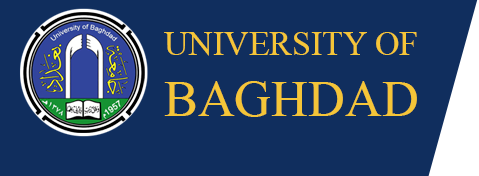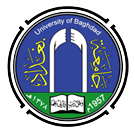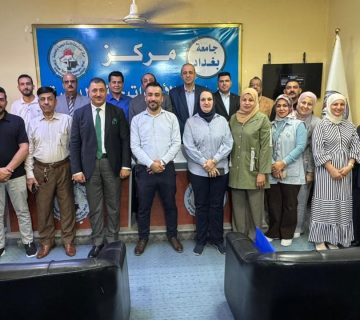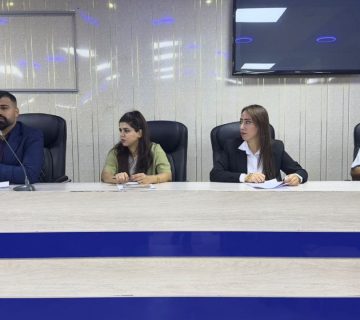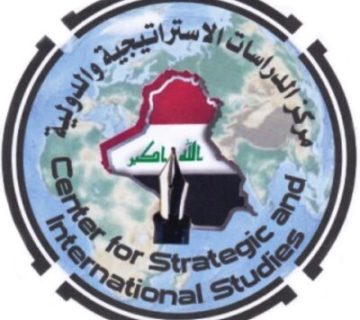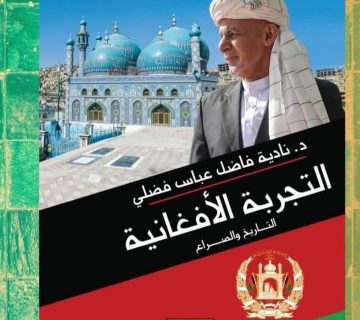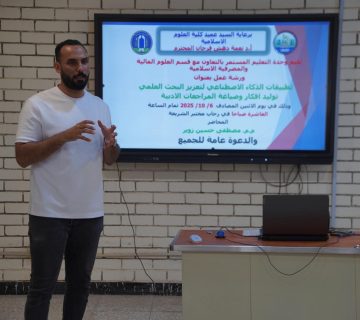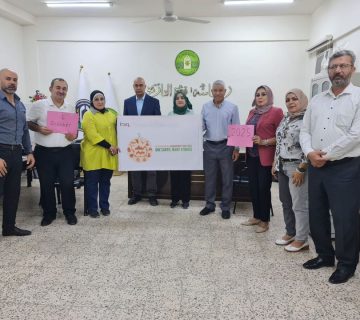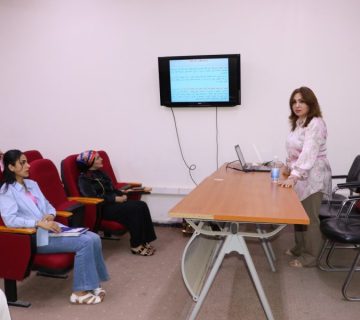Dr. Sara Kazem Abdul Ratha, a faculty member at the College of Islamic Sciences at the University of Baghdad, presented an outstanding research paper at the sixth international scientific conference titled “Innovation in the Fields of Scientific Research and Challenges of the Current Reality,” which was held in Tunisia.
The research aims to focus on the role of grammatical markers in shaping meaning and highlighting the linguistic aesthetics within the Holy Quran. It argues that grammar is not merely a set of rules; rather, it serves as a precise artistic tool employed by the Quran to convey its meanings with exceptional accuracy.
The study underscores that the ancient Arabs had a profound understanding of the significance of meaning in language, choosing words and phrases that encapsulated the greatest depth of meaning. Furthermore, it indicates that meaning is not limited to individual words but is formed through the interaction between words in a sentence and the broader context of the text. The meaning in the Holy Quran emerges from a delicate interplay between vocabulary, grammatical structure, and context, and it evolves based on the reader’s comprehension and engagement with the text.
